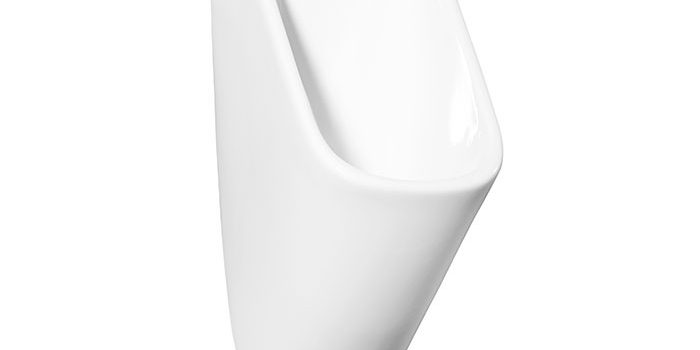Water conservation is a pressing global concern, and urinals play a significant role in addressing this issue. In this article, we delve into how urinals contribute to water conservation efforts:
- Low-Flush Technology: Traditional urinals have evolved to incorporate low-flush technology, using significantly less water per flush compared to older models. This reduction in water usage is particularly crucial in areas facing water scarcity.
- Dual-Flush Urinals: Dual-flush urinals offer users the choice of a full flush for solid waste or a reduced flush for liquid waste. This flexibility optimizes water usage by tailoring it to the specific type of waste.
- Waterless Urinals: Waterless urinals represent the pinnacle of water conservation. They completely eliminate the need for water flushing, relying on innovative trap technologies to prevent odors and blockages. This saves vast amounts of water over time.
- Sensor-Activated Flushing: Sensor-activated urinals flush automatically after use, but the precise and controlled nature of the flush conserves water. Sensors ensure that water is only used when necessary, reducing waste.
- Compliance with Standards: Many urinals are designed to meet or exceed water efficiency standards set by regulatory bodies, ensuring that they are environmentally responsible fixtures.
- Reduced Utility Costs: Businesses and facilities that invest in water-efficient urinals benefit not only from reduced water consumption but also from lower utility bills, making it a financially wise choice.
- Environmental Responsibility: Choosing water-saving urinals aligns with a commitment to environmental responsibility, reducing a facility’s carbon footprint and contributing to sustainability efforts.
By opting for water-efficient urinals, businesses, and facilities can make a substantial impact on water conservation, demonstrating their commitment to responsible resource management.








